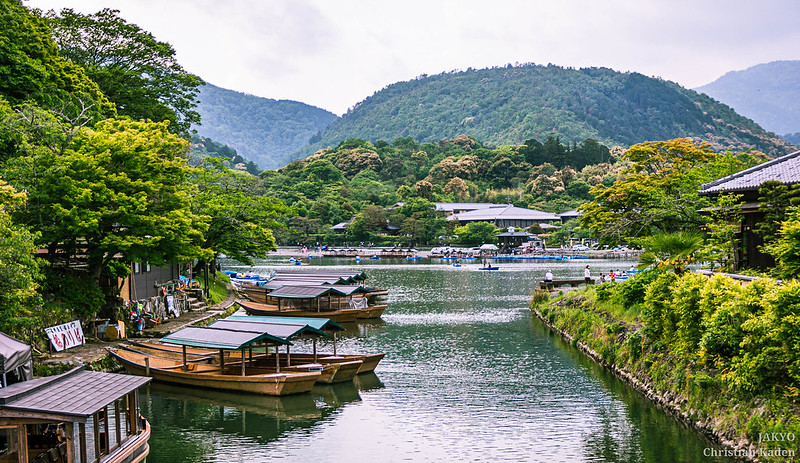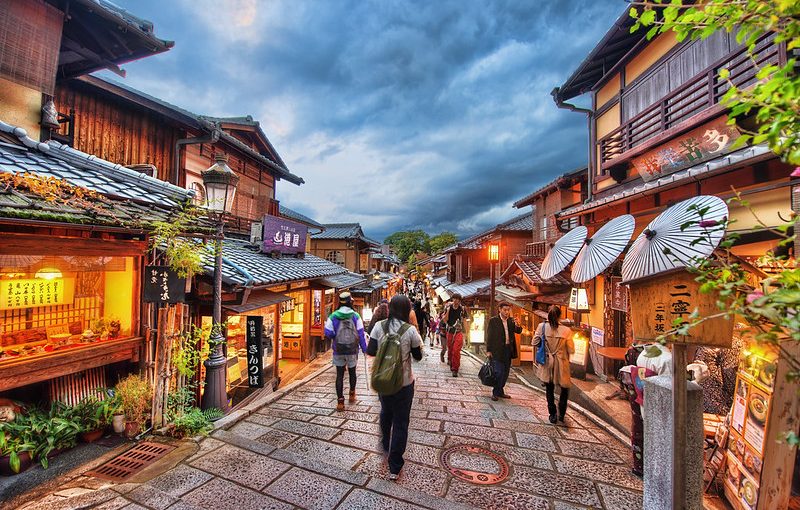Kyoto, the ancient capital of Japan, embodies a rich tapestry of history, culture, and natural beauty. Nestled in a valley on the island of Honshu, Kyoto is renowned for its well-preserved temples, traditional wooden houses, and stunning gardens. As the cultural heart of Japan for over a millennium, the city offers a captivating glimpse into the country’s imperial past.
Historical Japanese Settings
Kyoto served as the capital of imperial Japan from the 8th to the 19th century and remains one of the country’s best-preserved cities. While modern buildings line its main streets, turning into the city’s alleys transports visitors to a Kyoto reminiscent of centuries past. Here, rows of traditional wooden townhouses, known as “machiya,” are either residences or have been converted into shops and restaurants. Consider staying at the Oakwood Hotel Oike Kyoto if you’re looking for a luxury apartments stay in Kyoto.
The Immaculate Cuisine
From casual street food to Michelin-starred restaurants, Kyoto offers a diverse array of delicious cuisine. Nishiki Market, a bustling covered food and shopping arcade is an excellent starting point for sampling affordable bites. Don’t miss the grilled fresh oysters at Daiyasu, a small seafood shop located near the eastern entrance of the market. Just off the market, hungry diners patiently wait for a seat at Ramen Sen No Kaze, renowned for its creamy soup ramen and flavorful char siu.
The Glorious Temples
In Japan, monarchy and religion are inseparable; it’s no surprise then that Kyoto, the imperial capital for a millennium, is teeming with temples and shrines—precisely 2,000, to be exact. The Fushimi Inari Shrine stands out as the city’s premier attraction for good reason. The hour-and-a-half hike up the sacred Mount Inari is flanked by thousands of vermilion torii gates, creating a breathtaking path for pilgrims and tourists alike.
Proximity to Arashiyama

Arashiyama, located west of Kyoto and just 20 minutes away by train, is a charming district. The southern part of the town borders the Katsura River, while the Hozugawa River flows through the north. Mount Arashiyama provides a picturesque backdrop to the town, from which it takes its name. While Japanese tourists have been visiting for years, the district’s popularity among international visitors has grown recently, largely due to its star attraction, the Bamboo Groves.
